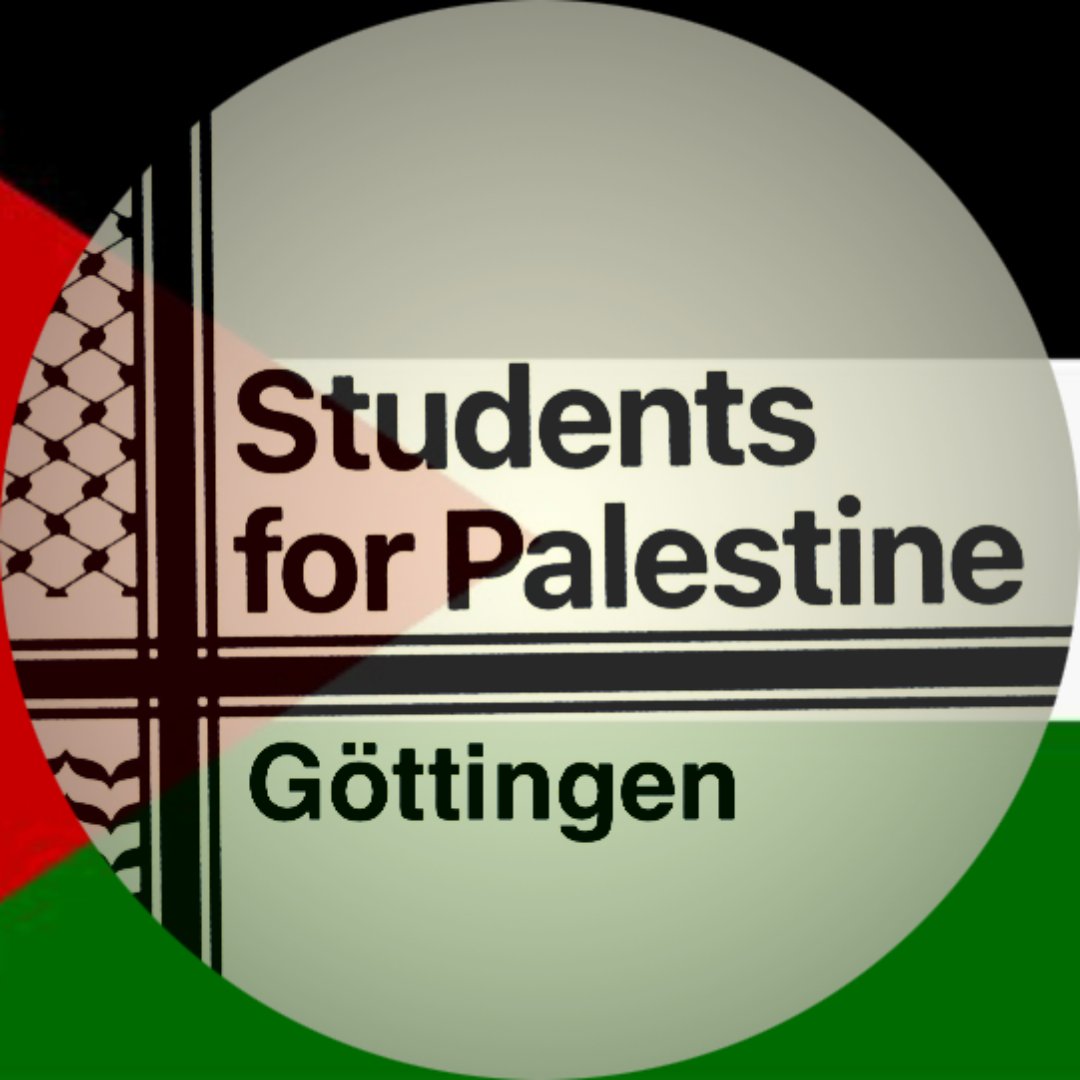Gaza Daily Casualties Chart
Since October 7, 2023. These counts are part of a wider picture of suffering, and do not include the many who succumb to disease, famine, and the knock-on effects of mass destruction.
⚠️ Read more about why these numbers do not fully reflect the human toll
Source: techforpalestine.org
Source: techforpalestine.org
"Last night, almost 100 Gazans were killed. [And] it doesn’t interest anyone.Everyone has gotten used to [the fact] that [we can] kill 100 Gazans in one nightduring a war and nobody cares in the world."
"Wasn’t I clear? It’s simple. I want to starve Gazans completely, a full siege. Whoever wants to leave will leave for a humanitarian zone that we will manage."
Gaza is Starving
One in four Palestinians in Gaza face famine.
The rest suffer from high levels of acute food insecurity.
The rest suffer from high levels of acute food insecurity.
Famine: A severe lack of food leading to life-threatening hunger.
Acute food insecurity: Insufficient access to food causing high risk of starvation or death without urgent aid.
Acute food insecurity: Insufficient access to food causing high risk of starvation or death without urgent aid.
Famine (IPC Phase 5) is not just about missing meals — it is a complete breakdown of the human body and spirit. People in IPC Phase 5 suffer from relentless, gnawing hunger. Their bodies shrink, muscles waste away, organs fail, and bones press against skin. Children stop crying not because they are comforted, but because they no longer have the energy to weep. Many become skeletal, listless, and cold to the touch.
Famine causes the immune system to collapse, turning treatable infections into death sentences. Even drinking water can become fatal when the body can no longer process food or fluids properly. For many, walking becomes impossible. Families watch loved ones fade away slowly and painfully.
The emotional trauma is just as brutal. Parents face the impossible choice of which child to feed. Mothers dry their tears as they bury infants. Hope is replaced by despair. People stop planning for the future — they plan only for survival.
And recovery is not simple. Giving someone food after weeks or months of starvation does not heal them. They often need carefully managed, therapeutic feeding and medical care. Some damage — especially in young children — is permanent. Brain development stalls, bodies stay stunted, and trauma lingers for years.
Famine causes the immune system to collapse, turning treatable infections into death sentences. Even drinking water can become fatal when the body can no longer process food or fluids properly. For many, walking becomes impossible. Families watch loved ones fade away slowly and painfully.
The emotional trauma is just as brutal. Parents face the impossible choice of which child to feed. Mothers dry their tears as they bury infants. Hope is replaced by despair. People stop planning for the future — they plan only for survival.
And recovery is not simple. Giving someone food after weeks or months of starvation does not heal them. They often need carefully managed, therapeutic feeding and medical care. Some damage — especially in young children — is permanent. Brain development stalls, bodies stay stunted, and trauma lingers for years.
This is not just a humanitarian crisis — it is a deliberate, state-driven campaign of ethnic cleansing. What is unfolding in Gaza is not accidental; it is a genocidal strategy to erase a native population from their land. Israeli politicians, and much of the Israeli public, no longer attempt to hide this intent.
